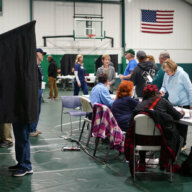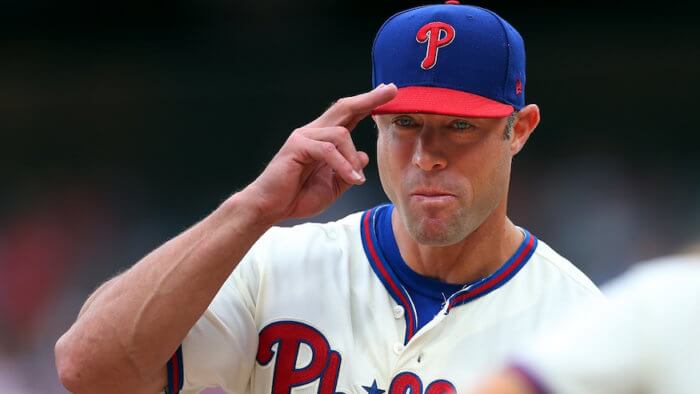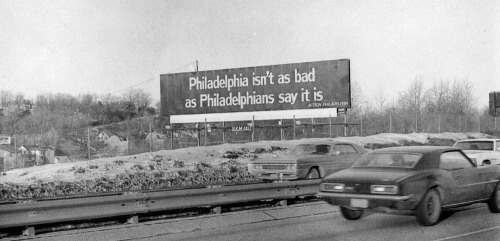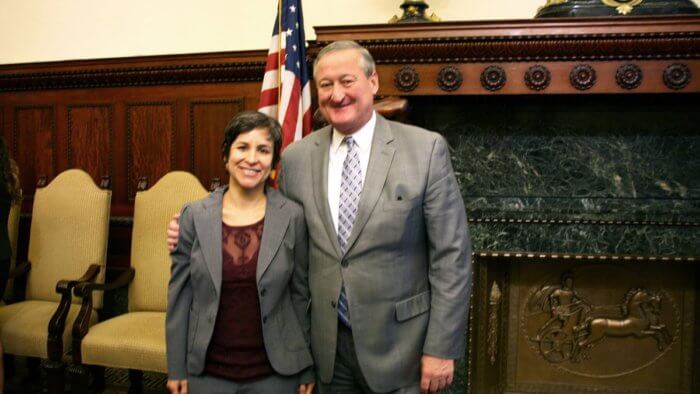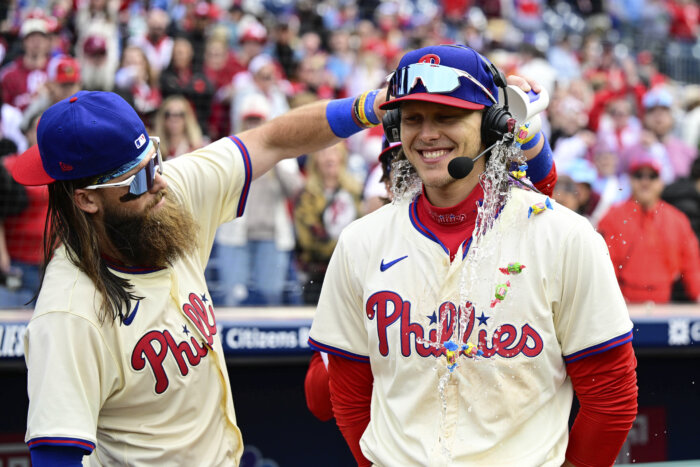Mayor Jim Kenney’s money-management team said Monday morning that regardless of the implementation of a citywide three-cent tax on soda – projections show consumption is going down – and for that reason alone, taxation makes sense. Marisa Waxman, the mayor’s Deputy Commissioner for Policy & Analysis, conducted a briefing with the media Monday intended to spell out the methodology behind how the mayor arrived at his three-cent-per-ounce tax on sugary drinks and offer some insight into how the plan would fare in five to 10 years, should it be granted approval. The mayor projects $47.9 million in soda tax revenues generated over the first six months of collections beginning Jan. 1, 2017. If soda consumption declines and tax compliance improves over the next five years, Kenney’s people predict $432 million in revenues generated for the City of Philadelphia. With this money, he intends to fund universal pre-K, community schools, enhancements to parks and rec centers around town and other city improvement projects. RELATED:Kenney’s soda tax pitch: 3 cents per ounce
The administration looked at several studies – the Rudd Center at the University of Connecticut, which projects revenues for cities and states that tax sugary drinks. It also looked at Berkeley, California, which has a similar tax, as well as parts in Mexico, where sugary drinks taxes are in place. Waxman said the administration used UConn’s data to evaluate Philadelphia’s current consumption level, which came out to be about 7.8 billion ounces of soda per year. Once Kenney and his team were able to evaluate how much soda Philadelphians were drinking, then they were able to configure something called the “price elasticity.” “Basically, what price elasticity means is that you’re trying to figure out – what is the change in purchasing behavior based on a change in price,” said Waxman.
“If the price of something goes up, what happens to consumption? Do people continue to buy the same amount because they really need this item? Is it inelastic and whatever the price is, people are going to pay? Or is there a change in purchasing patterns as a result of the price?” Ultimately, Waxman said their analysis showed that whatever the increase in soda price is, that is then the decreased percentage in consumption. That’s how they came to justify a three-pennies-per-ounce tax on soda. “We know there’s been a two-decade-long trend towards reduced soda consumption and sugary beverage consumption overall,” said Waxman.
RELATED:Philly soda tax proposal back on the table
“So we built in a one-percent reduction annually based on looking at a couple different studies that looked at a couple different market segments and age ranges. We felt comfortable that event without a tax, we could expect a decline in sugary beverage consumption in Philadelphia within the coming years.” Frank Keel represents Teamsters Local 830, union members who drive soda trucks who are part of a coalition fighting the soda tax. The way they see it – the less soda that’s sold, the less trucks are needed, and the more union jobs that are lost. “Look at Baltimore. They instituted a similar tax on the soda plant that was there – pulled up stakes and 287 jobs were lost,” said Keel.
“We’re looking at something probably four-fold if it goes through here in terms of job loss. We’re going to dig in. We’ve beaten this twice in the past and we have every reason to believe it this time.” Kenney’s soda tax plan still requires approval from City Council.
Philly soda tax would incentivize less consumption, says mayor
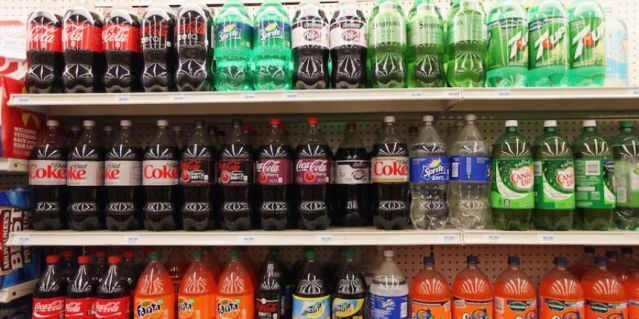
Getty Images









